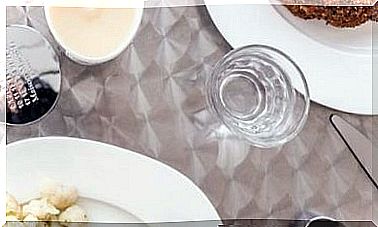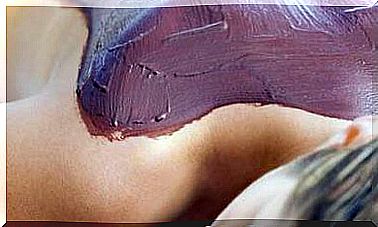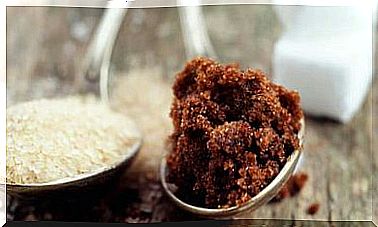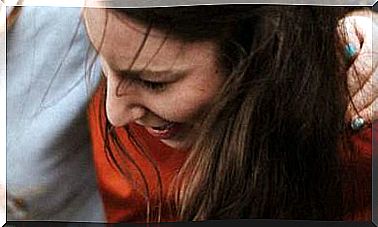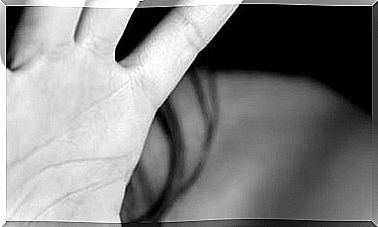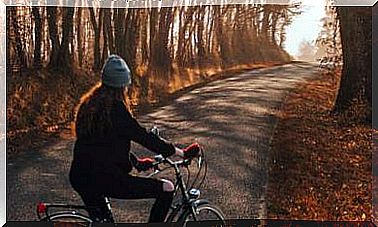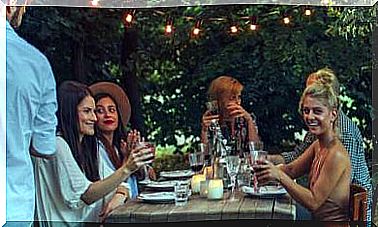“Chronic Pain Is Often Emotional”
Many people suffer chronic pain in silence. It is often like a memory of pain and does not respond to medications. They must be able to complain and we must know how to listen to them.
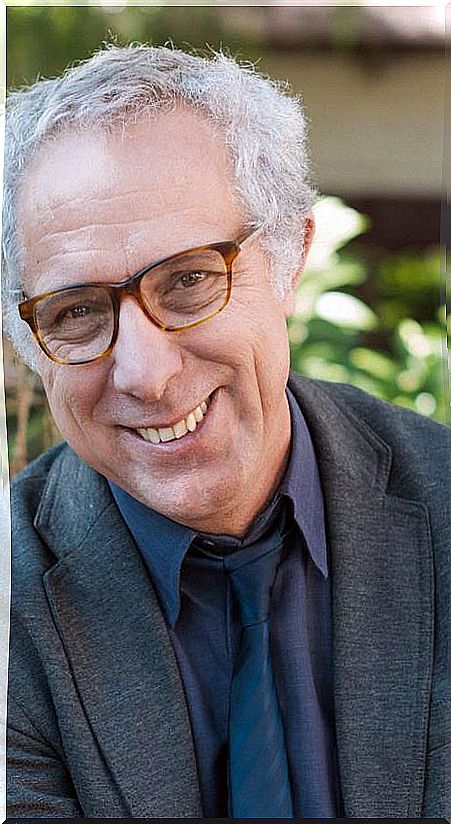
Dr. Jordi Moreno is a specialist in neurology and neurophysiology, and a reference in the treatment and study of pain in Spain. For forty years he has combined his clinical activity with teaching and research. At the Bellvitge University Hospital, the Institut Dexeus and the Tres Torres Clinic in Barcelona, it has created units for neurophysiology, neuromuscular diseases and diagnosis of patients with chronic pain.
Coping With Chronic Pain
Acute pain warns us that something is wrong in the body and can be fought with medications. Chronic disease does not usually have a precise cause, it is long-lasting and medications can do little. Doctor Jordi Montero talks about this pain in his book Permission to complain (what pain tells about you) (Ariel, 2017).
Why is it important for people in pain to complain?
Chronic pain only happens to human beings. It is a pain without damage that can last for months or years. The person survives suffering it, there is no process that interrupts his life and doctors do not find a disease that explains it. They tell the patient that they have nothing, that it is a story, or they give unsuccessful treatments. It’s terrible! Those patients are not listened to.
“It is not understood that they feel pain that has been produced by a change in their brain, by an error in the neural networks.”
It is often a memory of pain, or a sensitization, and does not respond to medications. You have to listen to know how it is, how it memorized it with its emotional problems, such as the neural mechanisms of memory, fixation and sensitization.
Our society allows us little to complain. Is that why we psychosomatize pain more?
In this society, emotions rule us, reason is at their service; for them we eat, we choose clothes, our partners, we vote… Therefore, pain is, many times, fundamentally emotional.
Do you think that a better emotional education helps to manage it?
Bad emotional education has been one of the great handicaps in our society. Channeling and expressing emotions makes us happier. Pain is a defense mechanism and chronic pain is a disease where emotions intervene, which also work by expressing ourselves, by looking at others, by putting ourselves in their place.
They have told us “children do not cry”, and it is the great lie that they have sold us to men. You have to cry, express what you feel and ask others how they are.
We must have an open emotional behavior, express emotions, not inhibit them. Emotions occupy a relevant place in life, we must know and express them.
You ask your patients if the pain they feel subsides while they sleep …
It is one more piece of data from the clinical analysis. Chronic pain is felt in memories and in altered neural networks … It is very cognitive, it is generated in the neural networks that have to do with emotions and memory. When we sleep we have a different consciousness and it does not exist. It happens to an actress, whose case I pick up in the book, that when she is acting, and she is “another person”, she does not feel pain.
That case makes him consider whether generating a different state of consciousness, with virtual reality, for example, will alleviate some pain …
It is possible, it is one of the paths that must be investigated to the fullest. Virtual reality techniques are being used in many places, for example with mirrors in the treatment of phantom limb pain.
Does meditation, by modifying consciousness, also have its place in pain management?
Sure. We will know better and better how neural networks work and, therefore, there will be increasingly powerful drugs to choose neuronal receptors. A revolutionary method may even appear, such as optogenetics, which is already practiced in animals and which allows to excite or inhibit neural networks using colored lights. It is an experimental method.
He also comments that combining mobilization, physical therapy, caresses and massages in a personalized way will be an obvious treatment to alleviate or avoid pain.
The caresses are from the beginning. Mammals, faced with the pain of the young, caress it. Physical contact is one of the most effective primitive methods of relief. Movement is also essential to mitigate it, real or imagined. For this reason, physiotherapy and gymnastics are, without a doubt, useful treatments, not harmful and without side effects.
Do you think we abuse pain medications?
Drugs are ineffective in chronic pain. Analgesics, anti-inflammatories … have side effects and discourage these patients. Let’s not say opiates. Some international guidelines recommend them for chronic pain and in my opinion it is nonsense, like aggressive treatments (surgery, punctures), because many times they increase pain or generate new sources of chronic pain.
What would you recommend to a patient with chronic pain who cannot find the cause or the way to relieve it?
The first step is to understand what is wrong with you, which is why I have made the book. Many people like me work to instruct patients so that they understand how the brain works, that they have the right to complain, and that the origin is in these errors in the functioning of the brain, in the memory of pain, in the sensitization and in the problems emotional Dr. Arturo Goicochea does it very effectively on his blog and it is also my purpose.
And what do you recommend to the relatives of these patients?
That they support them, understand them and favor that path without obstructing it.
And to professionals who are not specialized in this type of pain but who come across these patients, what do you advise?
That they incorporate the great neuroscientific knowledge and ideas of the 21st century to avoid causing more damage, that they accompany the patient, understanding him and offering him information about what is happening in his brain.
